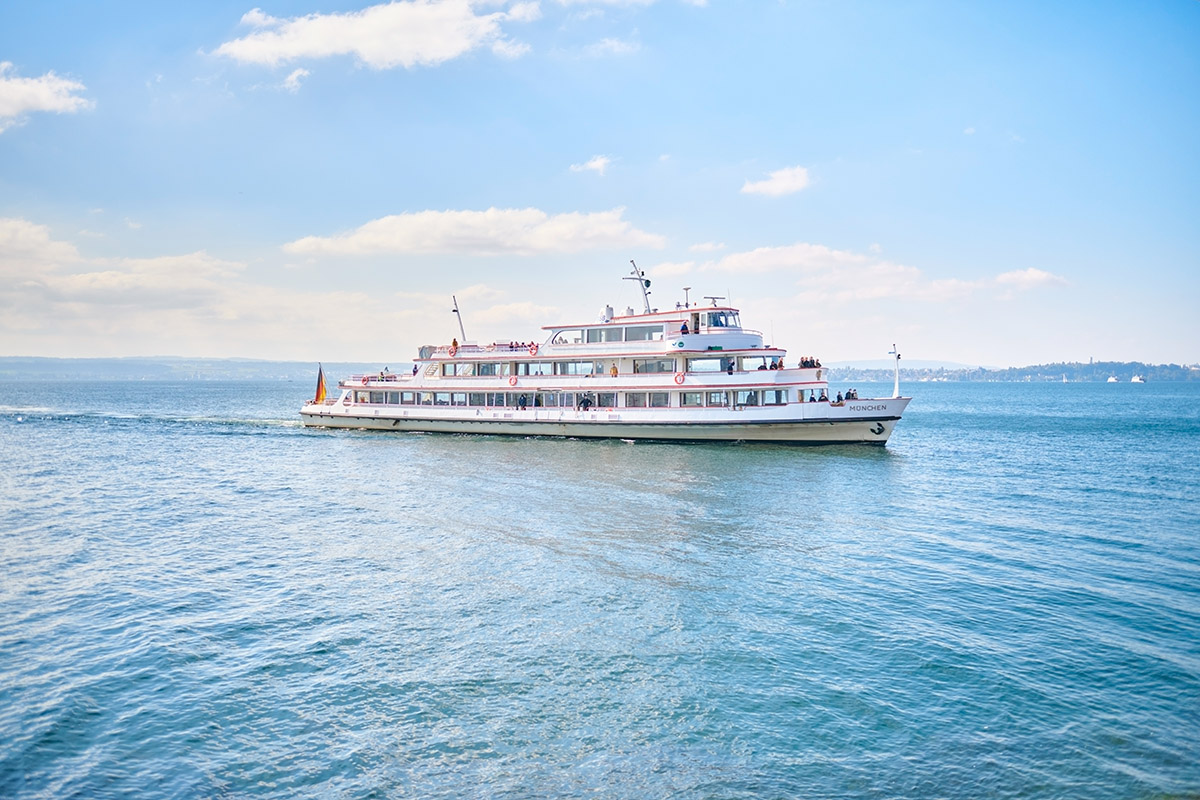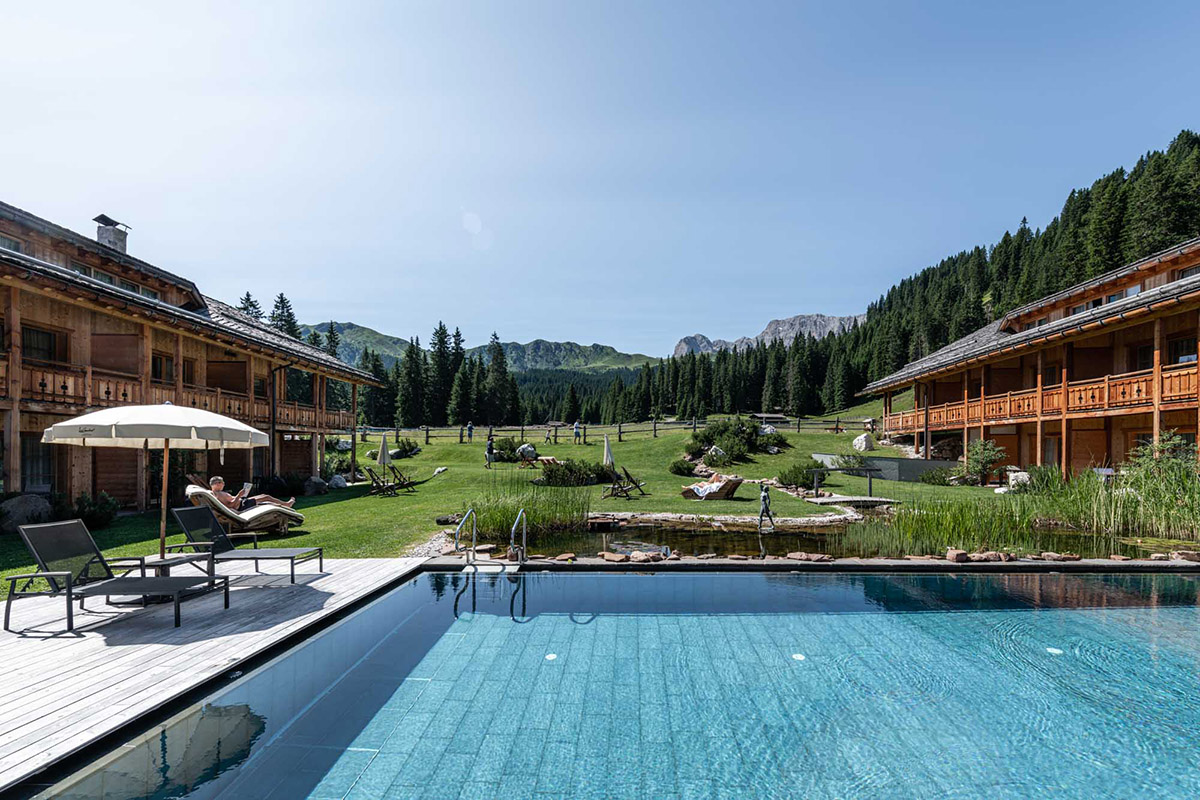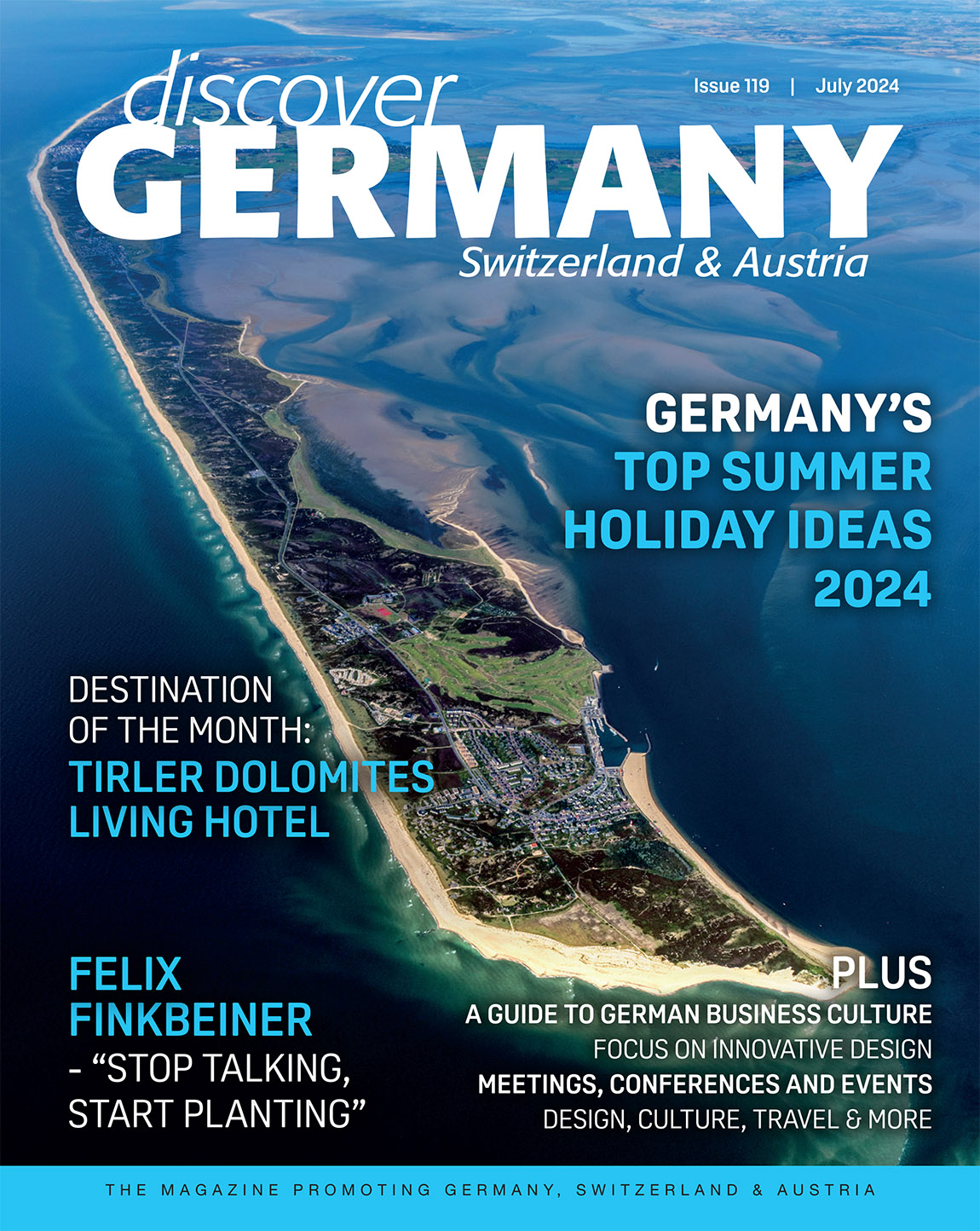From forests to cathedrals: There is always an alternative

Every year, about 37 million tourists from all over the world travel to Germany. Also annually, the German National Tourist Board (GNTB) conducts a survey among international visitors asking them to name their favourite German attractions.
For this year’s ‘Top 100 sights and attractions in Germany’ ranking, close to 32,000 visitors from more than 60 countries cast their vote. We had a closer look at the top 15 in the list and thought we should suggest some off-the-beaten-track alternatives. Because if you like that, you might also like this.
Forest bathing
At number 13, it is no surprise to find the Black Forest as one of Germany’s most popular tourist attractions. Just like Neuschwanstein Castle or Munich’s Oktoberfest (at numbers three and 60, respectively), it immediately conjures up typical German scenes that international visitors associate with the country. So, if you like your forests deep and wild, why not try another one about 280 miles to the northeast: Hainich National Park, an ancient woodland in Thuringia and part of the World Heritage region of Wartburg Hainach, was once a military exclusion zone and is now the largest mixed deciduous forest in Europe. With its ancient beeches and more than 8,600 species of animals, it provides a proper primeval forest experience right in the heart of Germany. And there is a special attraction that you will not find in the Black Forest: Hainich Canopy Walkway allows visitors to enjoy the green splendour from the treetops. 25 metres above the grounds (and wheelchair-accessible!), the views are stunning. Should you have caught the latest lifestyle bug of ‘forest bathing’ for stressed urbanites, why not give this unique bit of greenery a try.

Hainich Canopy Walk. Photo: © Andreas Weise, Thueringer Tourismus GmbH
Lakeside love
Up there at number four in the top 100 list, Lake Constance with Mainau Island and the Monastic Island of Reichenau has captured the imagination of international visitors, and we certainly would not disagree with the voters. It is a charming part of Germany, uniquely placed so close to both Austria and Switzerland, blessed with a Mediterranean microclimate and featuring picturesque towns. However, we are thinking that if you like lakes and water and charming towns, you might also go for Schwerin and the Mecklenburg Lake District. About 600 miles up north and literally on the other side of the country, you do not only get one lake here (albeit a very big one in the case of Lake Constance), but a network of thousands of lakes, many of them connected by rivers and canals. It is one of Germany’s most untouched landscapes, a bit remote and all the more beguiling for it. Schwerin, as the state capital of Mecklenburg-Western Pomerania, is a great base for exploring the region and is itself sited around a number of lakes. The town’s centrepiece, Schwerin Palace (often called “Neuschwanstein of the North”), was built in the 19th century and is located on an island in Lake Schwerin. And yes, this really is as splendid as it sounds. Plus, there are many more beautiful palaces and mansions in the area, some of them now hotels.

Cathedral Treasure exhibition. Photo: © Frank Boxler, Investitions- und Marektingsgesellschaft Sachsen-Anhalt mbH
Cathedral gazing
One of the most important Romanesque monuments from the time of the Holy Roman Empire has made it to number 16 in the GNTB’s list: Speyer Cathedral in Germany’s very west was intended to be the largest church in the western world when building work began in 1030. The UNESCO World Heritage Site is definitely a sight to behold and if you like to be impressed by big cathedrals and are open to a different style, we would recommend Halberstadt Cathedral of St Stephen and St Sixtus in Saxony-Anhalt. Built between 1236 and 1491, it is widely considered to be one of the most beautiful Gothic church buildings in Germany. What is more, the cathedral has retained its medieval treasury virtually intact. The perfectly preserved ensemble of art from the Middle Ages, with over 650 objects, is one of the largest of its kind worldwide. Some 300 items can be viewed in a permanent exhibition (which is fascinating!), including the oldest surviving tapestries in Europe from the late-12th century. The church is also home to one of the few remaining ‘Triumphal Cross’ pieces of the German Middle Ages. It dates back to around 1220 and will most definitely take your breath away.
Subscribe to Our Newsletter
Receive our monthly newsletter by email




